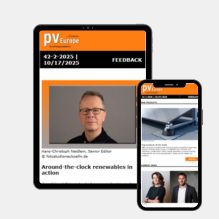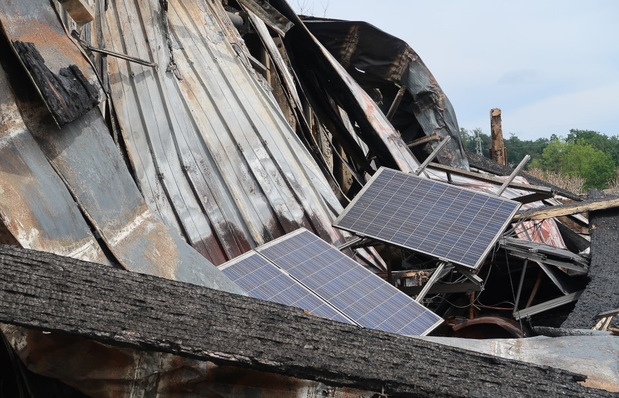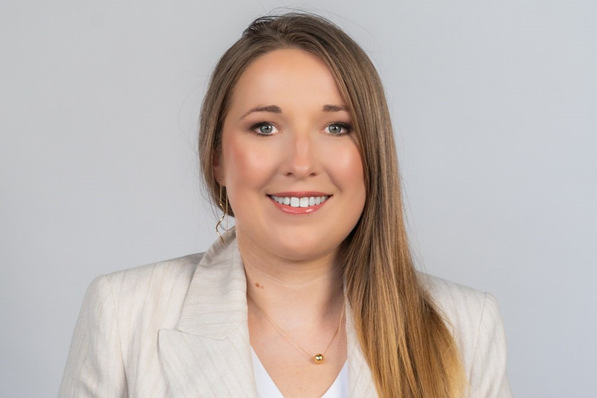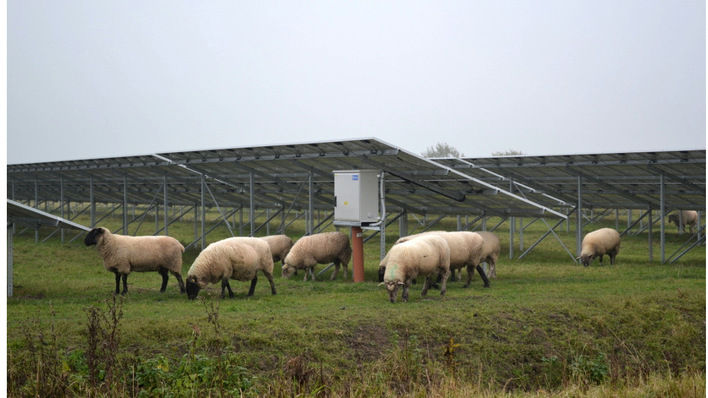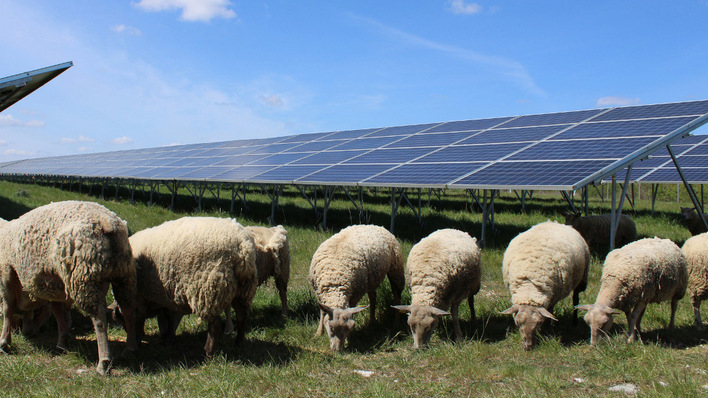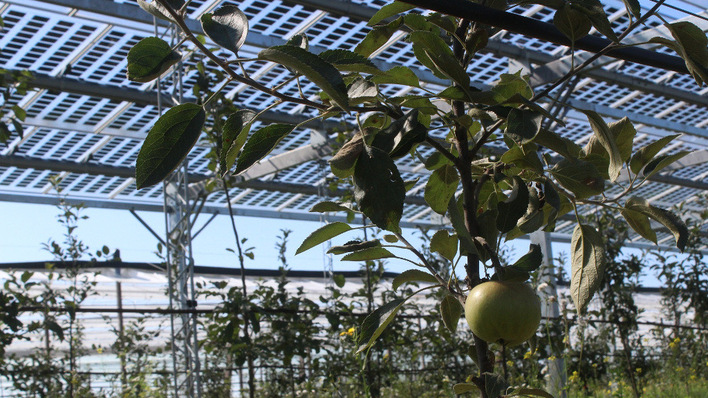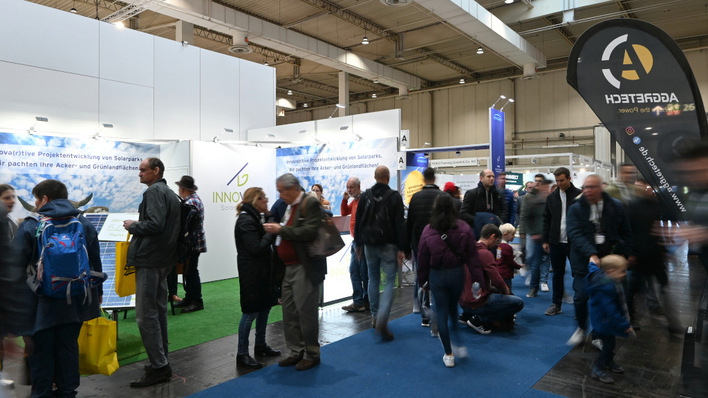Around 400 participants from the solar industry, agriculture and research gathered in sunny Freiburg im Breisgau, southwest Germany, to explore the latest developments in agrivoltaics. Connexio-PSE hosted the international Agri-PV conference for the sixth time – this year in the Black Forest city, also home to the Fraunhofer Institute for Solar Energy Systems (ISE).
Agri-PV started in 1981
The choice of location is no coincidence. Fraunhofer ISE is one of the pioneers in developing solutions for the dual use of agricultural land for food and energy production, as Institute Director Andreas Bett points out. He recalls that the institute’s founder, Adolf Götzberger, published the first concept on this topic in 1981. “This was a real vision at the time,” says Bett. “Just a few people thought of such approaches back then.”
Pioneer of agri-PV research
Andreas Bett notes that Fraunhofer ISE built the first Agri-PV test facility in Heggelbach to explore practical applications. Since then, many such systems have been installed. However, research remains essential. Farmers interested in this approach need reliable data to calculate the impact of Agri-PV on crop yields.
Expert view: Italian agrivoltaics evolving into standalone industry
Are the yield promises true?
This sparked a lively panel discussion. “We also have to consider the farmers’ perspective. With Agri-PV, we’re promising them increased income – and that’s very attractive. But is it true?” asked Christian Dupraz from the National Research Institute for Agriculture, Food and Environment (INRAE) in Montpellier. “Are these additional yields an average – or something that only happens once in ten years?”
Protecting reference land
One issue he highlights concerns the control areas used in test installations to compare yields without solar systems. “During construction of the Agri-PV test system, materials are often stored in this area, damaging the soil from the outset,” says Christian Dupraz. “It’s no surprise if yields there are lower than under the solar modules,” he notes, pointing to a potential source of error in the trials.
Marius Sinn of Next2Sun: “We’re getting additional yields of up to ten percent”
Indicate a profit margin
More research – and transparent research – is needed. However, audience members noted that many results already exist. Numerous studies have examined plant growth, with solar systems added later to the research framework. Effects ranging from the impact of shading on photosynthesis to the protective role of modules under changing climate conditions have been investigated. Researchers in this field can provide farmers with a range of expected effects on yields. Even within agricultural science, it is not possible to give precise yield predictions for a specific area.
Explore agri-PV in our new dual harvest special
Nevertheless, the research findings presented at the conference reveal an interesting trend. The next part of our Agrivoltaics World Conference 2025 series to be published on Monday will explore the latest results from a research site on apple trees in Baden-Württemberg. (su)



